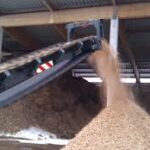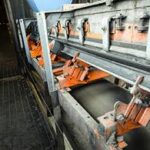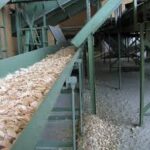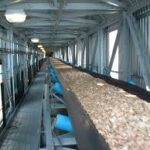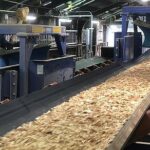Aramid breaker conveyor belt is always use in Bucket elevator belt. Our proven splicing methods, validated on our Two-Pulley Splice Tester, result in dynamic splice efficiencies in excess of the 50% rating defined in DIN 22110 Part 3. With proper technique, splices on steel belts should last the life of the belt.
Life-long splices
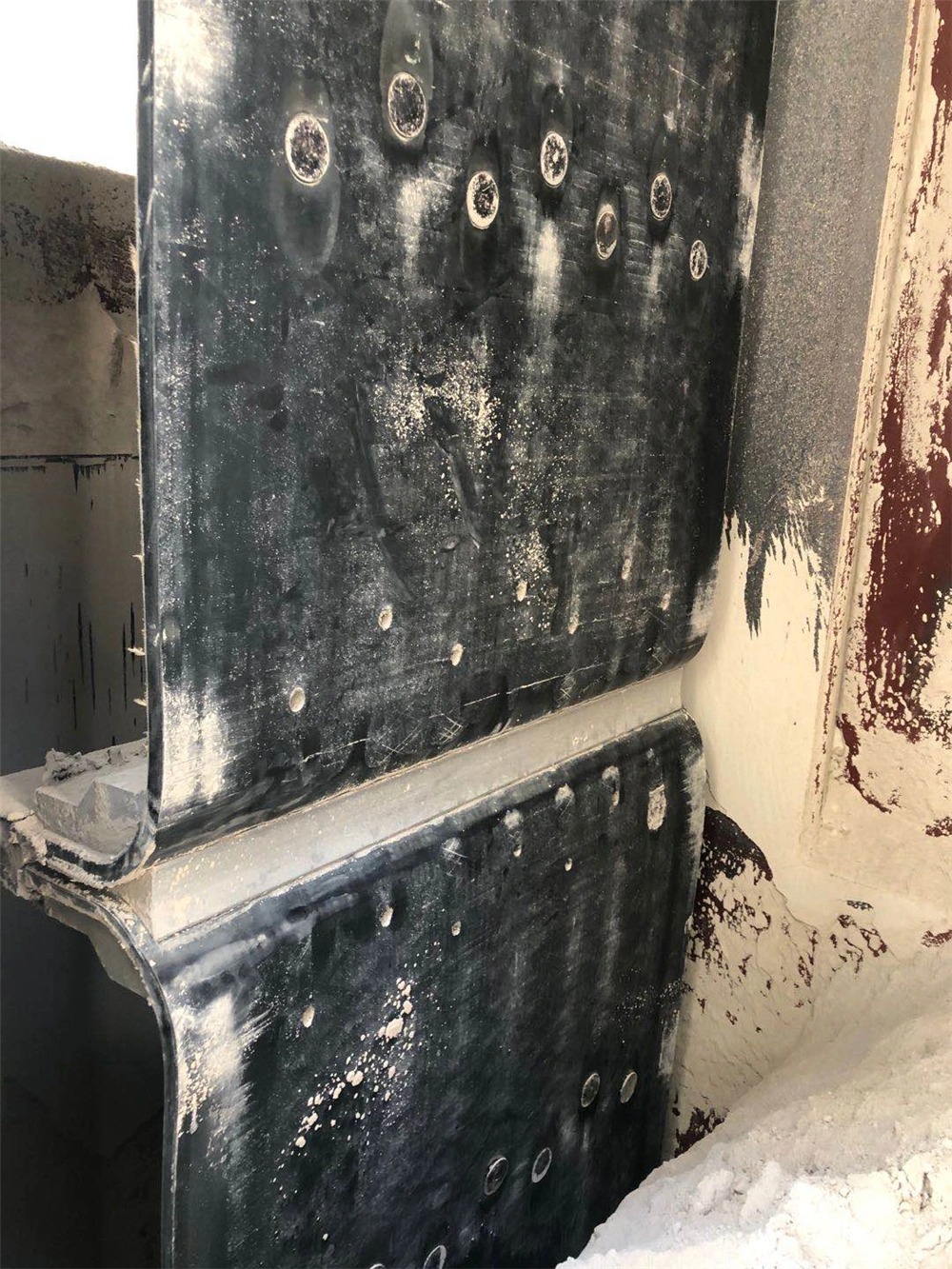
Features and Benefits
Superior troughing characteristics
Because steel belts are not interwoven in the transverse direction, they offer superior troughability. Even the highest strength steel belts on steep angle idlers will trough perfectly, leading to easy belt training and full load capacity.
Exceptional belt training
steel belts are built in a “uniplane” construction, where cords are laid in precisely the same plane with tension carefully controlled and equalized under cure. Belts run straight and true because cords are laid with alternating left and right hand twist. steel’s superior troughing characteristics help ensure that the belt is in constant contact with idlers, which further enhances its ability to run straight.
Lower cost-per-ton
Fewer conveyors and splices, shorter take-ups, and reduced belt inventory add up to significant cost savings right up front. Longer belt life, life-long splices, excellent belt training and reduced downtime save you even more down the road. It all adds up to a lower cost-per-ton of material conveyed, which can make a major improvement in your bottom line.
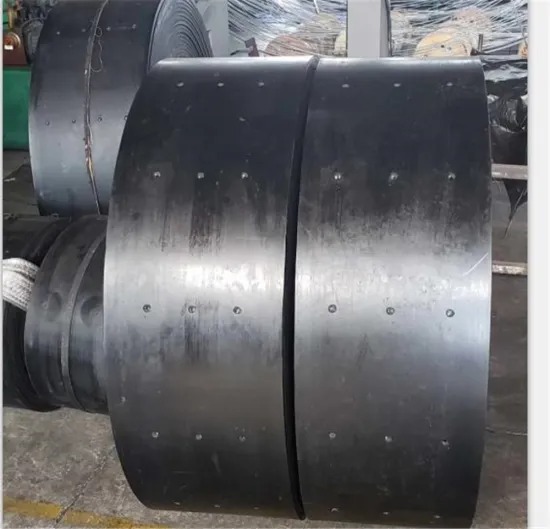
High tension capabilities
High Impact Resistance Belt
Steel belts handle the most demanding applications. We continue to lead the industry in designing the strongest belts to meet the growing demand for long overland systems.
Reinforcement properties
Made of high-tensile steel cords and various cover grades . A typical carcass with 7 x 7 hot-galvanised steel cords provides a tensile strength of up to 2,000 N/mm. Also available as 7 x 19 for higher tensile strength (10 000 N/mm).
Standard cords have an elongation of 0.22 – 0.28%. High structural strength and pull-out strength ensure good resistance against fatigue. The open cross-lay design of the cords and the chemical adhesive system ensure that the core rubber penetrates thoroughly, bonds well and protects against corrosion for long-term integrity.

